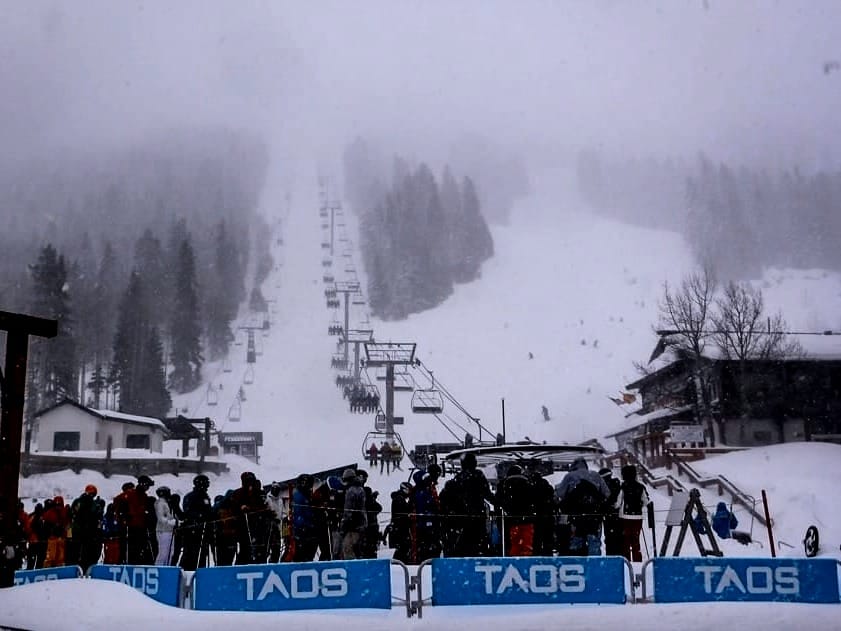The brown dirt trails carved across hillsides and smeared with a crust of icy machine-made snow at the 2022 Winter Olympics in Beijing may have given us a peek into the not-so-distant future of skiing and snowboarding.
As the Earth grows warmer and winters get shorter, climate scientists, resort owners and sports enthusiasts are witnessing the inevitable. Winters are not as cold; snow is arriving later and melting earlier; big dumps are less frequent; and the snow that does fall is often wet and heavy.









